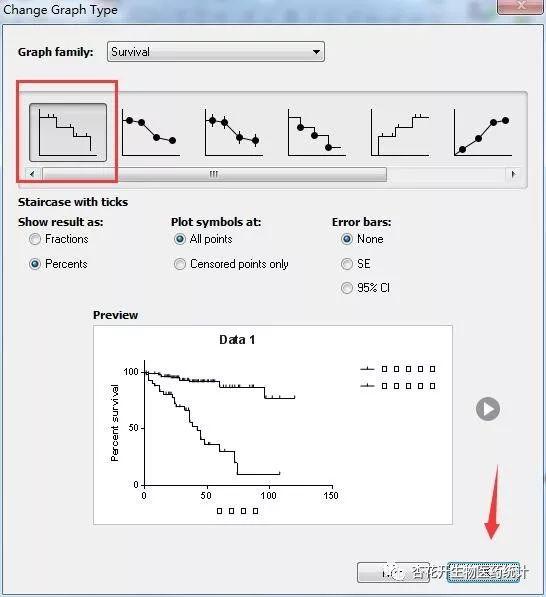

This work is an important contribution to understanding the natural immune response to the novel coronavirus in a population severely impacted by SARS-CoV-2.

No differences were observed between naturally infected and vaccinated individuals when total anti-S antibodies and IgG titers were measured. However, this difference was significant only when neutralizing antibody titers were compared among the two groups. Furthermore, our data indicates that-compared with mRNA vaccination-natural infection induces a more robust humoral immune response in unexposed subjects. The decline in anti-S antibody titer, however, was significantly less in pre-exposed individuals, highlighting the potential for natural infection to prime a more robust immune response to the vaccine. Like the pattern seen after natural infection, after the second vaccine dose, the total anti-S antibodies titers declined, however, neutralizing activity remained relatively constant for more than 80 days after the first vaccine dose. One dose was sufficient for induction of neutralizing antibody, but two doses were necessary to reach 100% surrogate virus neutralization in subjects irrespective of previous SARS-CoV-2 natural infection status. Examination of sera from 10 out of the 59 subjects which had received an initial first dose of mRNA-based vaccination revealed that both IgG titers and neutralizing activity of sera were higher after vaccination compared to a cohort of 21 SARS-CoV-2 naïve subjects. Our data suggests that 100% of seroconverting patients make detectable neutralizing antibody responses which can be quantified by a surrogate viral neutralization test. IgA titers were detectable in just 28.81% of subjects, and only 62.71% of subjects had detectable IgM in the first sample despite confirmation of infection by a molecular diagnostic assay. We also report that serum neutralization capacity correlates with IgG titers, wherein IgG1 was the predominant isotype (62.71%), followed by IgG4 (15.25%), IgG3 (13.56%), and IgG2 (8.47%) at the earliest tested timepoint. In this work, we report that in a subset of patients-despite a decline in total S-specific antibodies-neutralizing antibody titers remain at a similar level for an average of 98 days in longitudinal sampling of a cohort of 59 Hispanic/Latino patients exposed to SARS-CoV-2. Antibodies directed against the spike (S) protein of SARS-CoV-2 are an important component of the neutralizing antibody response. Both the SARS-CoV-2 pandemic and emergence of variants of concern have highlighted the need for functional antibody assays to monitor the humoral response over time.


 0 kommentar(er)
0 kommentar(er)
